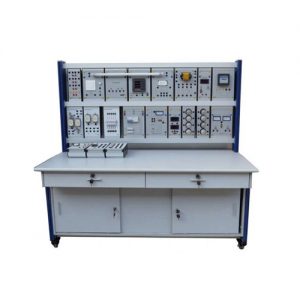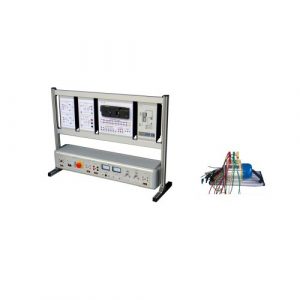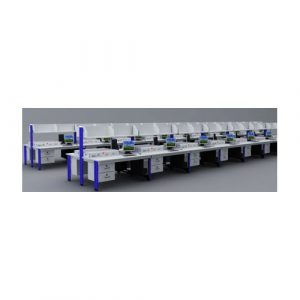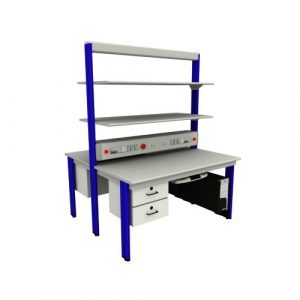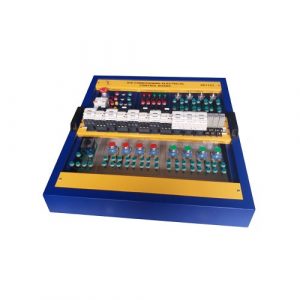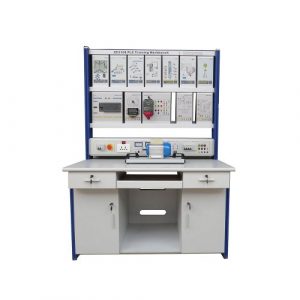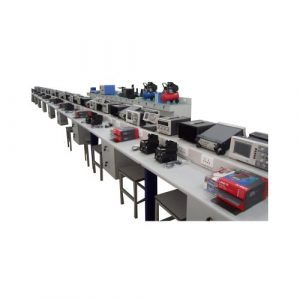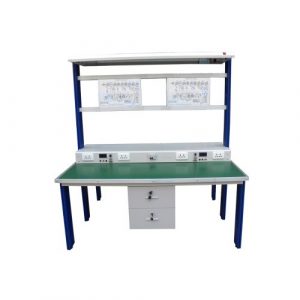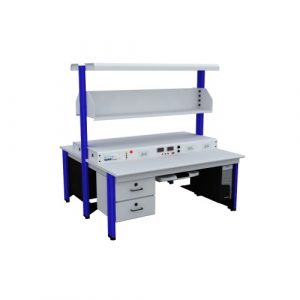ZE3301 High-Performance Basic Electrotechnics Theory Trainer Didactic Equipment Teaching Equipment
High-Performance Basic Electrotechnics Theory Trainer Didactic Equipment Teaching Equipment
It’s electrical circuit training panel for electrical department in university, college, and vocational school.
- Description
- Inquiry
ZE3301 High-Performance Basic Electrotechnics Theory Trainer Didactic Equipment Teaching Equipment
1 Product Overview
1-1 Overview
1. The electric teaching aid adopts advanced design, and the experimental panel can be replaced freely. Students can replace it according to different training requirements.
2. The experimental instruments are digital display with high precision. The power and instruments used in this trainer are equipped with a reliable personal safety protection system.
1-2 Features
1. Applicable to the teaching of “Basic Theory of Electrical Engineering” and “Electrical Technology”. Thanks to its good expansion capabilities, the trainer can be extended to other training content such as “Programmable Logic Controller Technology” and “Motor Variable Frequency Control”.
2. The front of the hanging test board is drawn with schematic diagrams and symbols, and the other side is welded with related parts. Components that need to be measured or observed use a locking connector. The experimental circuit adopts the unit circuit mode design. Each unit circuit is based on the basic circuit. By connecting different components or combining different circuits, students can practice various training contents on the trainer.
2 Performance parameters
(1) Input power: three-phase five-wire system 380V±10% 60Hz
(2) Dimensions: 1600mm × 800mm × 1500mm
(3) Machine capacity: <2KVA
(4) Weight: <250kg
(5) Working conditions: ambient temperature -10 ° C ~ +40 ° C Relative humidity <85% (25 ° C)
4 Experiment list
Experiment 1 The use of basic electrical instruments and the calculation of measurement errors
Experiment 2 Method for reducing the measurement error of the meter
Experiment 3 Ohm’s law
Experiment 4 Instrument Range Extension
Experiment 5 Mapping of volt-ampere characteristics of linear and nonlinear circuit components
Experiment 6 Determination of potential and voltage and drawing of circuit potential map
Experiment 7 Verification of Kirchhoff’s Law
Experiment 8 Verification of the superposition principle
Experiment 9 Equivalent transformation of voltage source and current source
Experiment 10 Verification of Thevenin’s Theorem and Norton’s Theorem
Test 11 Determination of equivalent parameters of active two-terminal network
Experiment 12 Determination of maximum power transmission conditions
Experiment 13 Two-port network test
Experiment 14 Reciprocity Theorem
Experiment 15 Experimental study of controlled sources VCVS, VCCS, CCVS, CCCS
Experiment 16 Observation and measurement of typical electrical signals
Experiment 17 Response test of RC first-order circuit
Experiment 18: Study on the response of second-order dynamic circuit
Experiment 19: Determination of impedance characteristics of R, L and C components
Experiment 20 RC string, parallel double T frequency selection network characteristics test
Experiment 21: Research on R, L, C Series Resonant Circuits
Experiment 22 RC dual T frequency selective network
Experiment Twenty-three Study of Phasor Trajectories in RL and RC Series Circuits
Experiment 24: R, L, C component characteristics and AC parameters determination
Experiment 25 Measurement of AC circuit parameters
Experiment 26 Study on phasor of sinusoidal steady-state AC circuit
Experiment 27 Test of characteristics of single-phase iron core transformer
Experiment 28: Determination of winding polarity of transformer
Experiment 29 Verification of single-phase watt-hour meter
Experiment 30 Measurement of power factor and phase sequence
Experiment 31: Negative Impedance Converter
Experiment thirty-two gyrator



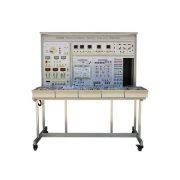
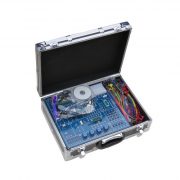
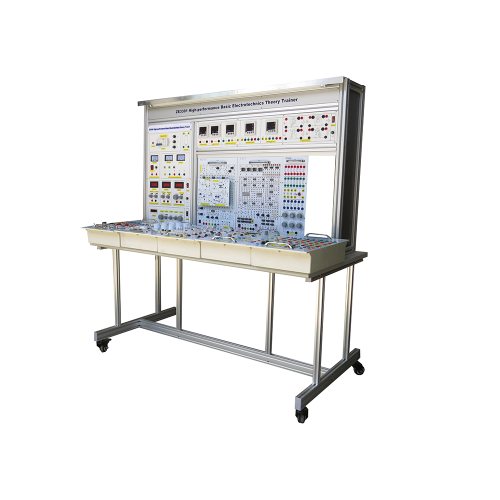
-300x300.jpg)
